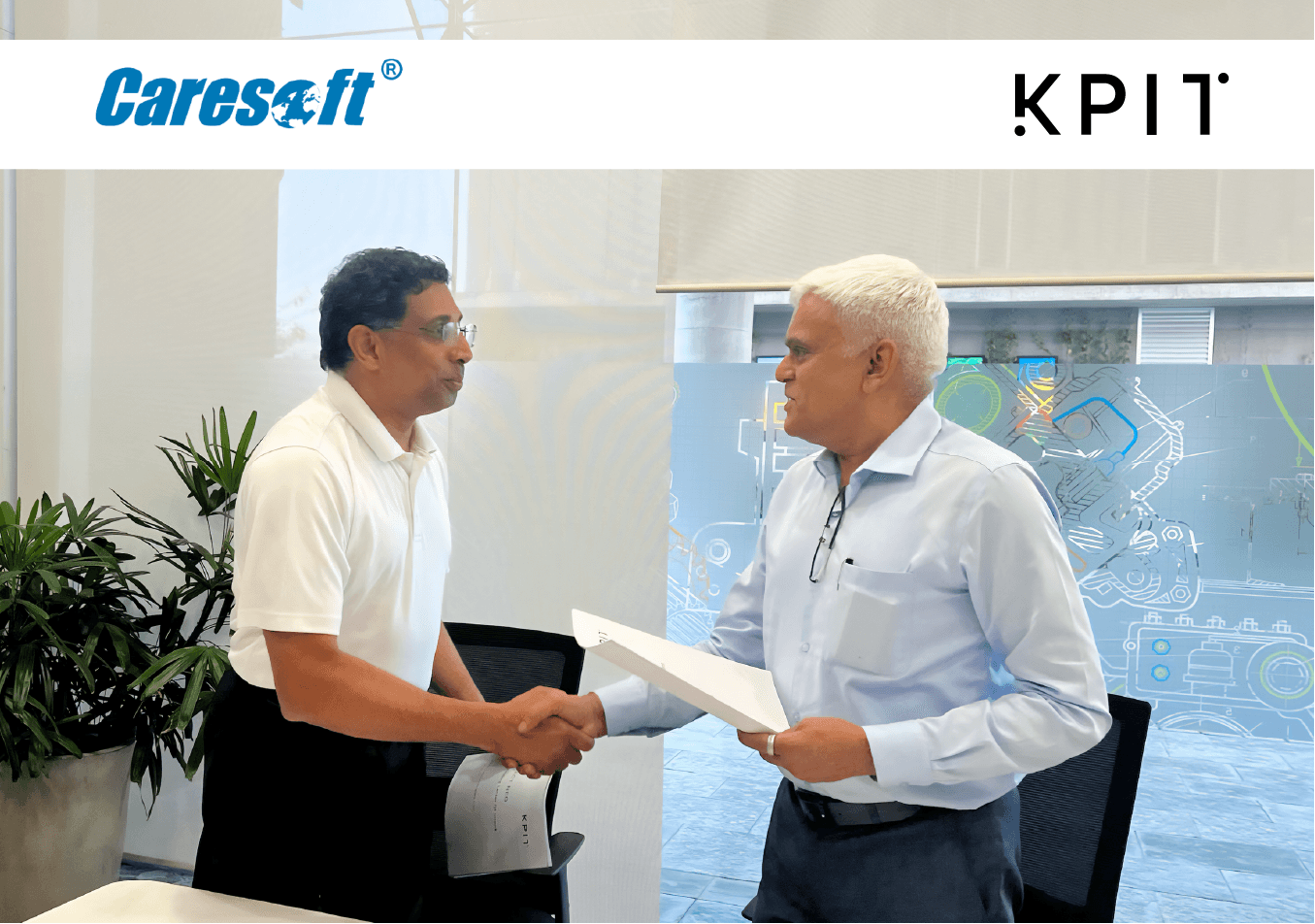Major cost optimisation deals reshape commercial vehicle engineering market
Commercial vehicle engineering faces cost pressures amid acquisitions for cost efficiency and integrated solutions. Mergers drive value and competitiveness.

Disruption in commercial vehicle engineering is intensifying as cost optimisation strategies drive a new wave of consolidation, technical focus and international expansion. Competitive pressures from new entrants, supply chain uncertainty and the rise of Chinese Original Equipment Manufacturers (OEMs) are compelling established engineering firms to reassess their scale and expertise to remain relevant and deliver financial gains for their clients.
In this environment, business combinations and acquisitions are becoming key levers for growth. The recent acquisition of Caresoft Global’s Engineering Solutions business by KPIT Technologies exemplifies this trend, embedding sharper focus on cost structures and unlocking new capabilities for the engineering of trucks and off-highway vehicles.
Commercial Vehicle Engineering Under Pressure
We don’t run ads or share your data. If you value independent content and real privacy, support us by sharing.
The mobility sector is marked by a sharp push for cost savings, driven by stricter emissions targets, volatile input costs and a global contest for market share. Tariff changes and ongoing global trade uncertainties continue to disrupt established supply chains. Alongside this, Chinese OEMs, equipped with cost-effective manufacturing, rapid product iteration and a growing international presence, are gaining ground in both domestic and overseas markets. As a result, OEMs in other regions are compelled to enhance the efficiency of their engineering and manufacturing processes to maintain competitiveness and protect margins.
Business Integration as a Route to Cost Reduction
Engineering-focused mergers and acquisitions now seek to accelerate value creation via integrated solutions spanning software, hardware and manufacturing decisions. KPIT’s acquisition of the carved-out Caresoft Global Engineering Solutions business provides a recent example, as both companies cited an urgent need for partners capable of taking ‘an integrated view of software, hardware and manufacturing’ to help clients ‘substantially reduce costs’ while meeting rapid market expectations. According to Kishor Patil, CEO of KPIT Technologies, ‘OEMs across segments are looking for a partner who can bring more agility and cost efficiency by taking an integrated view of software, hardware and manufacturing. With Caresoft’s strong expertise, we have a strategic partnership which will bring unparalleled value to the mobility ecosystem.’
Caresoft’s track record is significant; its extensive cost benchmarking and teardown work across hundreds of vehicle models has delivered tangible cost optimisation for global OEMs, reportedly saving billions. The deeper reach into the trucks and off-highway segment now afforded to KPIT bolsters its capacity to offer such full-vehicle cost reduction, including new areas of software benchmarking and manufacturing process redesign.
Competitive Pressures and Market Trends
The move mirrors patterns observed across the sector during 2023 and 2024, with leading automotive consultancies and specialist engineering providers seeking access to domain expertise, established client relationships and country-specific know-how. Sector reviews and global supplier studies from Deloitte reinforce that OEM cost-cutting and outsourced technical solutions have become central to supplier strategies, especially as electrification, automation and connectivity reshape vehicle platforms. As manufacturing cycles shorten and model portfolios diversify, external engineering partners play an increasingly prominent commercial role.
China’s Strategic Importance
Cross-border expansion, particularly direct engagement with Chinese OEMs, marks an important strategic shift for engineering firms. Caresoft’s ‘deep understanding and relationships with Chinese OEMs, NEVs, and suppliers’ offers KPIT a faster route into a fiercely competitive and often insular market. Companies that can import best-practice from China and export proven cost-containment strategies to other geographies can build defensible commercial advantages. As the international balance of power in truck and off-highway engineering shifts, companies with on-the-ground expertise in China are set to benefit disproportionately from the sector’s transformation. This sentiment is echoed widely by industry analysis of China’s automotive market and the growing relevance of new energy vehicle (NEV) suppliers.
Manufacturing Engineering: Early Decisions, Lasting Impact
The latest strategies go beyond cost benchmarking to address manufacturing and industrial engineering at a holistic level. Plant layout optimisation, assembly line design and production process planning are now seen as central to competitiveness. The Caresoft-KPIT deal signals a drive to intervene ‘early in the vehicle development cycle and do it right the first time’ – an approach that aims to reduce costly late-stage changes and waste. This supports a wider industry acknowledgement that aligning engineering with manufacturing operations is essential to deliver quality and cost goals. As PwC notes in its automotive industry trends , companies that successfully streamline production and control costs from the outset of development enhance both commercial resilience and client value.
Outlook: Efficiency and Expertise Shape Future Partnerships
Growing global complexity, client pressure for value and the relentless advance of Chinese OEMs mean commercial vehicle engineering firms must adopt an efficiency-first approach. Deals such as KPIT’s acquisition of Caresoft’s Engineering Solutions arm demonstrate that specific expertise in cost and manufacturing optimisation is now central to winning business and driving value for OEMs. As Mathew Vachaparampil, CEO of Caresoft Global, put it: ‘We will jointly deliver more value to our automotive customers in terms of technology, cost, and speed to market.’ Such collaborations, supported by the strategic advice of firms like Avendus Capital, look set to proliferate as commercial imperatives reshape the industry over the next decade.
Ultimately, while consolidation and partnership bring immediate cost benefits, the prospect of competitive advantage lies in the combination of technical skill, process knowledge and local market insight. The commercial vehicle engineering sector is entering a phase where operational excellence is not only about efficiency but about alignment with global trends and regional expertise. As further M&A activity and alliance-building unfold, those that embed cost management into the core of their engineering value proposition are likely to set the pace for others.